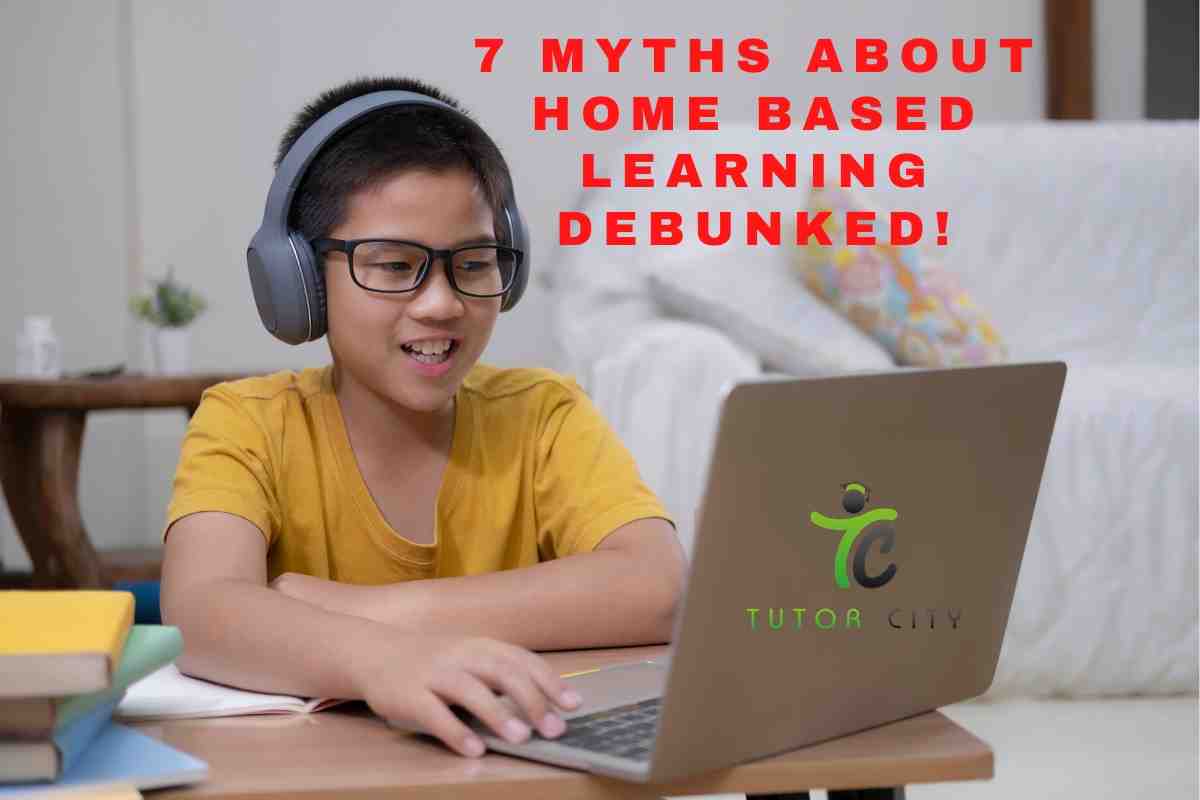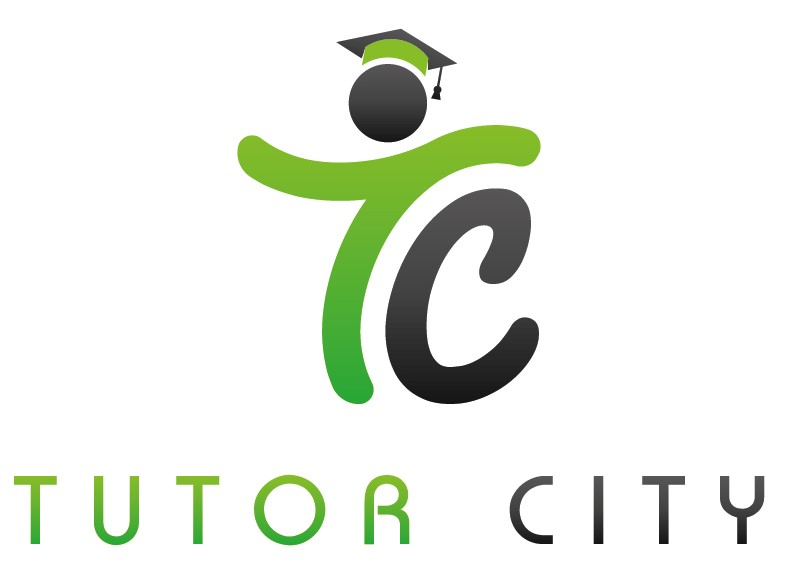
- Published by: Tutor City
- June 11, 2020
- Technology
7 Myths About Home Based Learning Debunked!
In a press release on 19 May 2020 by the Ministry of Education - Arrangements for Schools and Institutes of Higher Learning at the End of Circuit Breaker, the beginning of Term 3 begins on 2 Jun 2020.
Primary school, secondary school and Pre-University students will return to school in 2 phases:
[ Phase 1]
For the first few weeks of Term 3 starting on 2 June – Graduating cohorts such as Pri 6, Sec 4 & 5, will be allowed to go to school from Monday to Friday.
Other cohorts will rotate weekly between Home-Based Learning (HBL) and returning to school for lessons.
For Junior Colleges and Millennia Institute, 50% of their students to be back in school at any one time to allow students more physical time with their teachers and at the same time, reduce the risk of infection.
[ Phase 2]
All students will return to school from Mondays to Fridays.
...
As we have seen the effects of Home-Based Learning (HBL) from the past 3 months, there are some misconceptions from parents and students which needs to be debunked!
After all, who knows if there will be a 2nd wave of infection or another virus outbreak that shuts all schools again and everyone is back to HBL.
Myth 1
My kid doesn’t get enough attention from the teacher!
Fact:
There are different tools such as Webex, Zoom, Google Meet that allows teachers to use screen-sharing and chat functions to engage your child. Each student will get sufficient attention in class and the teacher will vary the speed of teaching accordingly.
Teachers also have the option to check back on the students later one using single chat sessions to ensure your child can catch up.
Myth 2
There are too many disruptions in HBL!
Fact:
It is true to a certain extent that the types of disruption are more when kids are at home as compared to a classroom. But this doesn’t mean that there are no disruptions in a classroom either as kids can get rowdy and noisy during lessons in school!
For online lessons, teachers can limit private chats among students and they are also using video to monitor each student’s attention.
Teachers can also use other digital channels to communicate with parents for those kids who are notorious and drift off to do other things.
Parents can monitor their children to make sure they are seated properly and not be playing with their toys etc during the lesson.
As a parent, you will want to be updated with what your child is learning and his/her performance, so you can better support the learning environment at home.
E.g. if your home has other family members around and it gets noisy, shift the place to yours or your child’s bedroom for the lesson. Or should your child need extra materials or resources, you can buy them to get ready for the next lesson.
Myth 3
Home-based learning is poorer in quality than Classroom learning
Fact:
Be it classroom or online learning, school teachers and private tutors are all committed to deliver their lessons effectively with the same passion and enthusiasm.
In fact, there is 1 distinct advantage that online learning has over classroom learning. Most online learning platforms have a feature that auto-records the lesson and this can be replayed at a later time to allow your child to refer back to the topics which needs more clarification.
Another advantage is that teachers can use live quizzes and hands-on activities that is fun and interesting, which many students find engaging and helps them remember concepts better.
Myth 4
My child is on the computer whole day long!
Fact:
Though your child has to spend longer hours in front of the computer, you can mitigate this by planning short breaks and even some exercise routines to break the monotony.
This helps you and your child stay healthy during the circuit breaker period and prevents burnout.
Teachers will also devise a lesson plan to rotate between quizzes, interactive worksheets, videos, so as to engage students and keep the lesson vibrant.
The screen time can be reduced as each kid have different speed on completing each section, sometimes the faster ones can take interval breaks when they finish the assignment quickly.
Myth 5
We don’t have internet or computer so we cannot have lessons.
Fact:
Some families in Singapore have financial difficulties and do not have the necessary tools at home for HBL.
The government is aware of this and has provided assistance where around ‘3,300 devices loaned out to students following announcement of full home-based learning: Ong Ye Kung’
Around 200 dongles have been loaned out to students who don’t have internet access at home.
‘Low-income families can also apply for subsidised computers and free broadband through the Infocomm Media Development Authority’s (IMDA) NEU PC Plus programme,' he said.
Myth 6
I have to standby at my child’s side during the whole lesson
Fact:
No, you don’t have to sitting next to your child during the lesson. Teachers encourage the students to learn independently without parents’ to sit by the side.
They will guide your child before each task and will monitor them via videoconferencing during the lesson to ensure learning is done effectively.
Only at times when your child is distracted then you will need to step in to discipline them, or if your child is very young then you need to guide them at the start of the lesson to help them settle down.
If you are not able to help them with their schoolwork, there are professional tutors who can teach your child 1-to-1 via online tools such as Google Meet, Zoom or Webex, and at very affordable rates depending on the level.
After the online lessons, you may wish to play or read with them so that you can continue their interest in their studies, at the same time you can monitor their progress.
Myth 7
My kid can’t keep up with their online lesson
Fact:
Each child has different learning speed, some slower and some faster than the rest of the cohort, and teachers are well aware of this problem.
This issue is prevalent in both classroom and home-based learning so teachers have to cope with this in their own ways.
For home-based learning, the video recording function will mitigate this problem as slower students can replay the lesson later on to catch up.
Teachers can also be reached for 1-to-1 coaching via private chats if students need to clarify their doubts.
...
Conclusion
HBL may last for some time even if it is planned to end after Phase 2.
Even so, there are inherent benefits of online learning which are adopted by many tuition centres and private tutors.
Here are some more information to support online learning:
Self-Guided Learning: Best 3 E-learning Resources
How To Use Zoom For Online Tuition During Circuit Breaker Period
How Online Tutors Can Help You With Your Assignment or Studies
5 Effective Ways to Improve Your Child's Math Skills Using Apps, Books, and More






